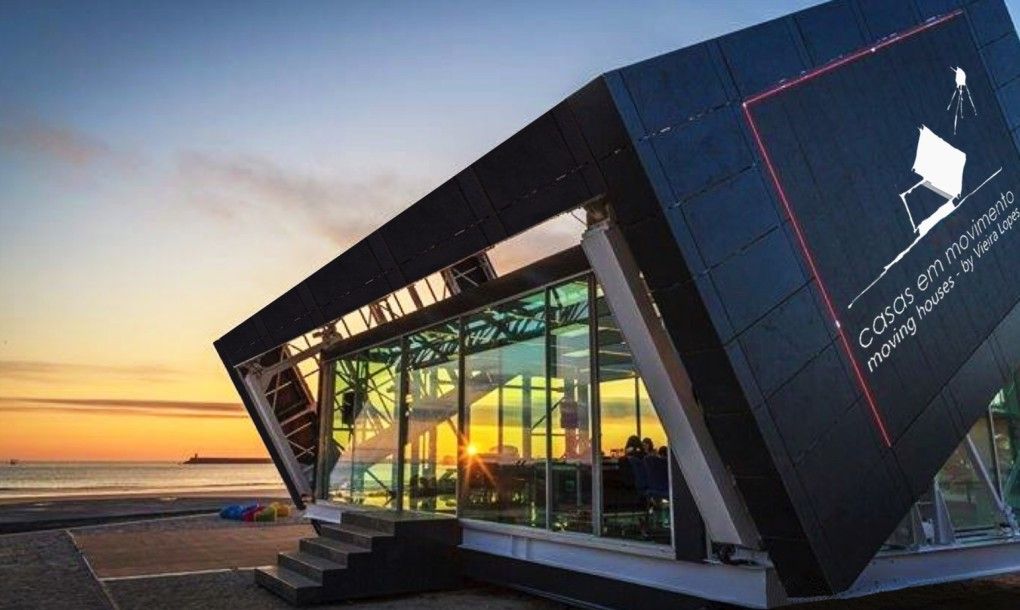Solar power’s sustainability is a gift from nature. It’s clean, and harnesses energy at no cost once the panels are installed. How can solar power be improved? By equipping houses to rotate and follow the sun, thus collecting energy all day long.
A Portuguese company called Casas em Movimento (Houses in Motion) has designed rotating solar-powered houses that follow the sun. The rotation concept was inspired by the way sunflowers move with the sun from east to west during daylight, and back to the east overnight.
Manuel Vieira Lopes is the founder of Casas em Movimento; his ultimate vision is of smart cities comprised of rotating shops, libraries, schools, and other structures.
The homes are pre-programmed to move, and are able to generate a great deal of energy with the sun power they collect. The houses rotate 180 degrees, and the roofing hoods pivot 90 degrees. They can move separately or concurrently.
This all means that the energy generated from the rotation is 25,000 kWh (kilowatt per hour) per year. To put that in perspective, a normal house of the same size uses just 5,000 kWh each year. What’s even more amazing is that the rotating houses can produce that much power using the energy comparable to six 60-watt light bulbs lit for an hour.
The houses are built with metal structure and have integrated mechanical articulations. They can be transported easily because they don’t have concrete foundations.
Imagine being able to look in any direction by rotating your house. You can program the movement with your iPhone and similar devices because it’s a smart house. In the winter you can harvest sun rays, and you’ll be cool in the summer by facing shade. The rotations happen in approximately twelve minute intervals, so you won’t be tossed from one side of your house to the other in one quick movement.
A rotating abode of 1,000 feet costs is more affordable that you might think, costing approximately $543,225. We have yet to see if these ever hit the mainstream, but the houses are an exciting glimpse into the kind of high-tech sustainable architecture we can look forward to in decades to come.








